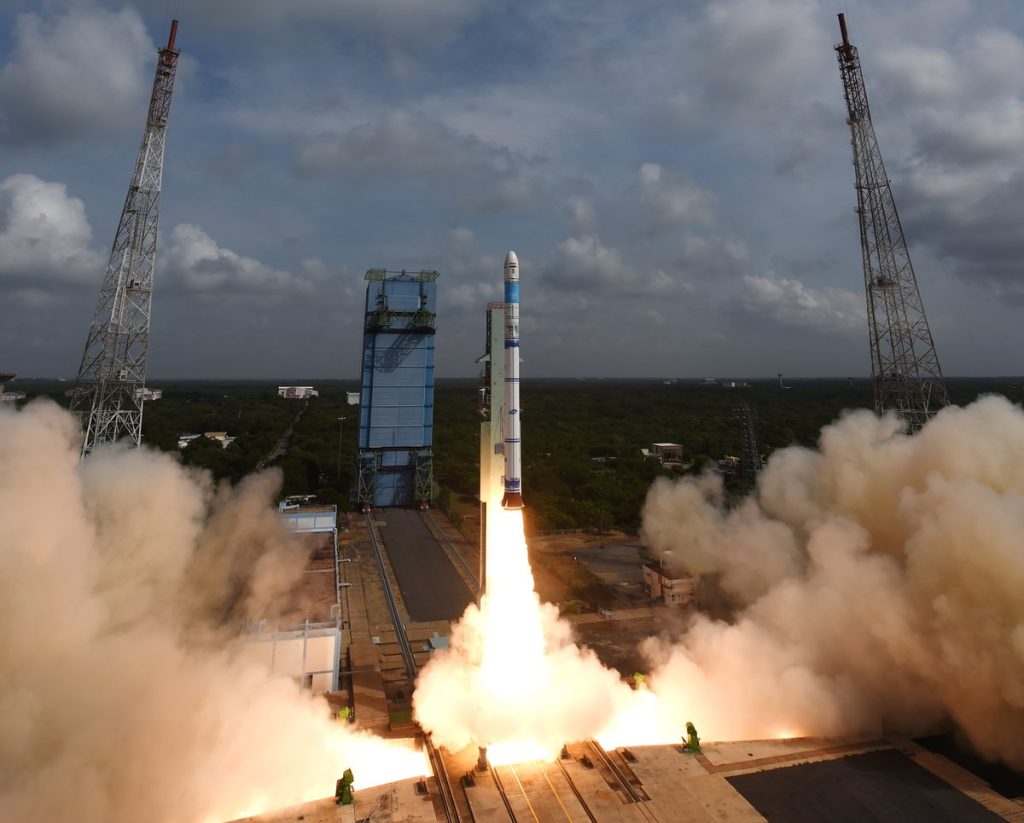At the end of this year India will test its home-grown electric thrusters to steer satellites to the desired orbit, a technology that promises to make spacecraft lighter and pack more punch.
Delivering the Sardar Patel Lecture at Akashvani, Indian Space Research Organisation (ISRO) chairman S. Somanath said the first Technology Demonstrator Satellite (TDS-01) using indigenously developed electric propulsion will be launched in December.
The TDS-01 will also demonstrate indigenously built traveling wave tube amplifiers (TWTAs) that are integral parts of various communication and microwave remote sensing payloads on satellites.
A four-tonne communication satellite carries more than two tonnes of liquid fuel which is used to fire thrusters to steer it from the launch orbit to the desired geostationary orbit. These thrusters are also fired to keep the satellite in the desired orbit, if it strays due to atmospheric drag or as a result of a pull due to the gravity of the sun and the moon.
“A four tonne satellite carries 2-2.5 tonnes of fuel. In case of electric propulsion, the fuel requirement reduces to just 200 kg,’ Somanath said.
He said instead of chemicals, the electric propulsion system (EPS) uses propellant gases such as Argon as fuel which is ionised using solar power.
